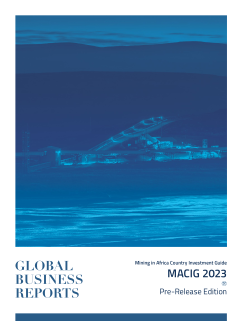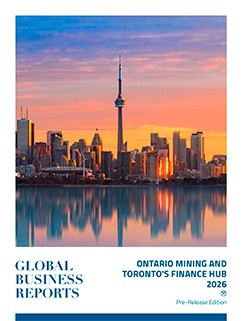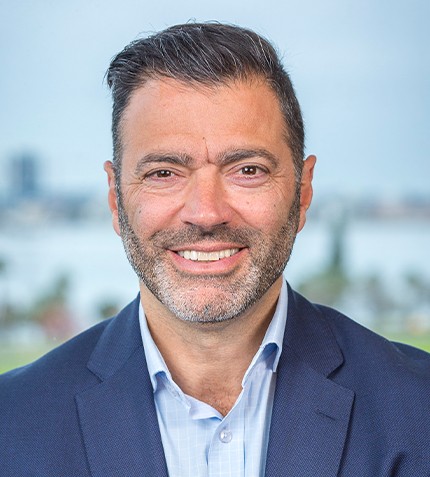
PUBLICATION
MACIG 2023 Pre-Release
In an environment of heightened inflation, African miners and juniors benefit from lower discovery and operating costs, with many expenses incurred in local currencies and most ore bodies found close to surface and amenable to cheaper mining methods. While downward-sloping share prices keep CEOs awake at night across all time zones, companies with African assets have developed a thicker skin for tough market conditions through constantly having to prove project excellence to make up for high jurisdictional risks.
Regardless of what happens on the outside, African players must deal with other issues from within the continent, including security concerns, power blackouts, poor infrastructure, and unstable governance, in a mix specific to each individual country. Handling these challenges has, at best, bulked up the African industry’s resilience against global shocks. But it certainly has not insulated it from them.
In this Pre-Release edition of our MACIG 2023 report, GBR divides the African mining map in four key regions - West, Southern, Central, and East - profiling the key jurisdictions within each geography. The second part of the report studies the trends specific to different commodities, looking primarily at precious metals, base metals, and battery metals; the final book will encompass both a broader territorial span, with a chapter on North Africa, and a wider coverage of commodities, to include coal, uranium, and diamonds.







